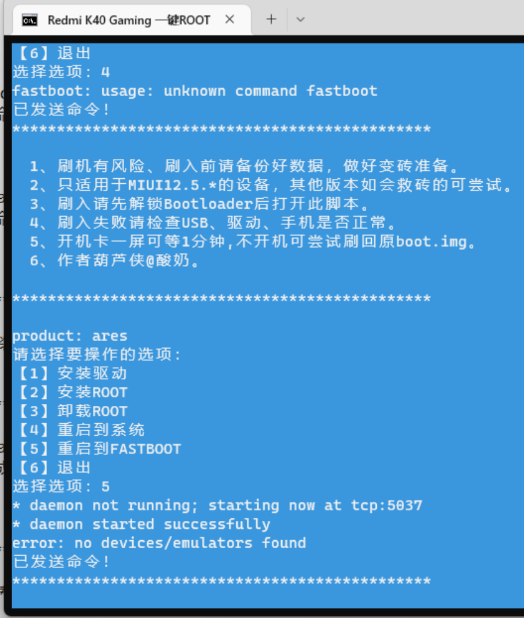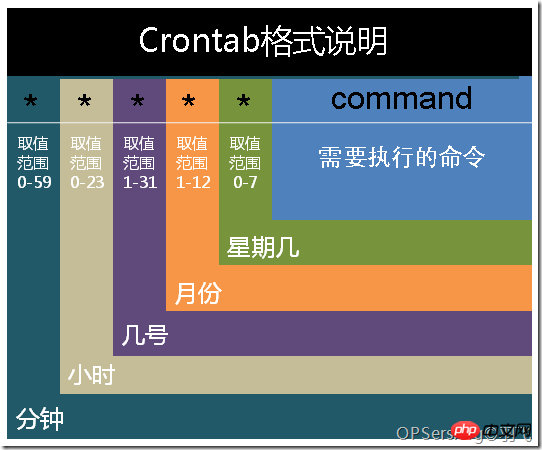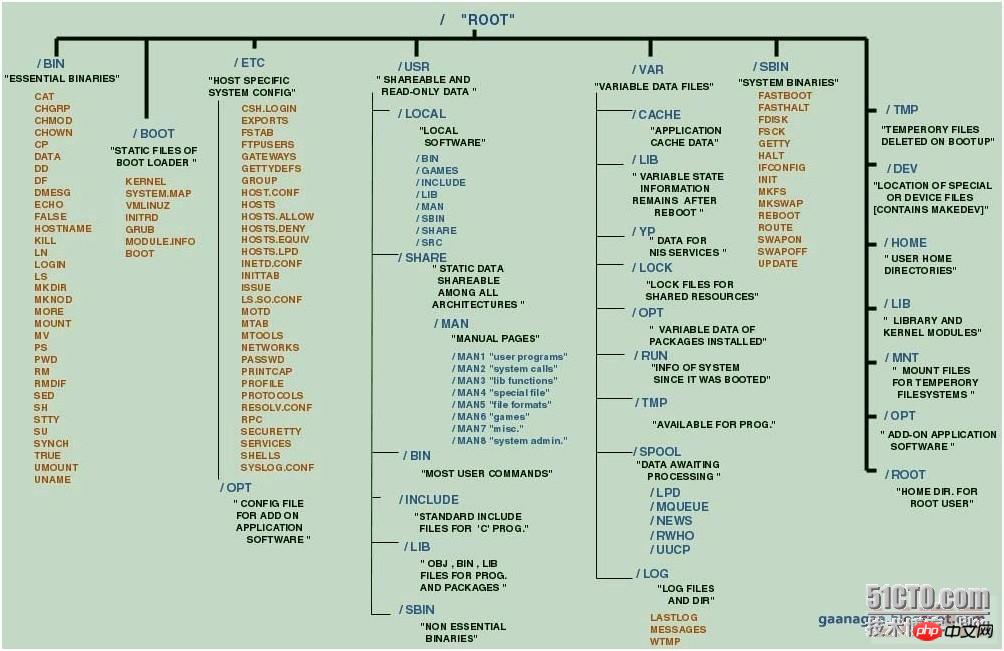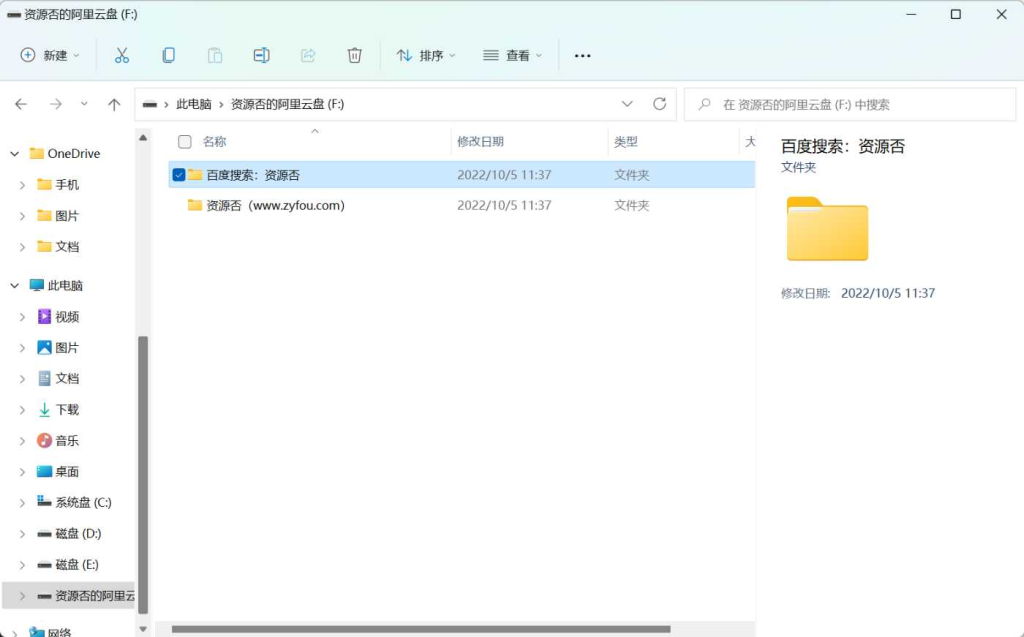
区别:
linux中>表示覆盖原文件内容(文件的日期也会自动更新),>>表示追加内容(会另起一行,文件的日期也会自动更新)。
(推荐教程:linux教程)
举例:
1、将history命令执行的结果保存到history.log文件中
[root@gxzs-solr1 ~]# history > history.log (history.log 文件 会自动生成) [root@gxzs-solr1 ~]# cat history.log
2、执行命令 curl ‘xxx’ ,将其返回结果保存到 log.log 中
[root@gx-solr1 ~]# curl 'http://192.168.0.110:8983/solr/scan_detail/admin/file?_=1544066402749&contentType=text/plain;charset=utf-8&file=managed-schema&wt=json' > log.log
3、执行命令 cat /etc/hosts , 将其返回结果保存到 hosts.log 中
[root@slave1 ~]# cat /etc/hosts > hosts.log [root@slave1 ~]# more hosts.log 127.0.0.1 localhost localhost.localdomain localhost4 localhost4.localdomain4 ::1 localhost localhost.localdomain localhost6 localhost6.localdomain6
注意:使用 > ,执行命令时,每次都会新生成一个 > 后面的文件,将之前生成的文件替换掉(文件创建时间也会跟着改变)。
© 版权声明
文章版权归作者所有,未经允许请勿转载。
THE END
喜欢就支持一下吧
相关推荐


















